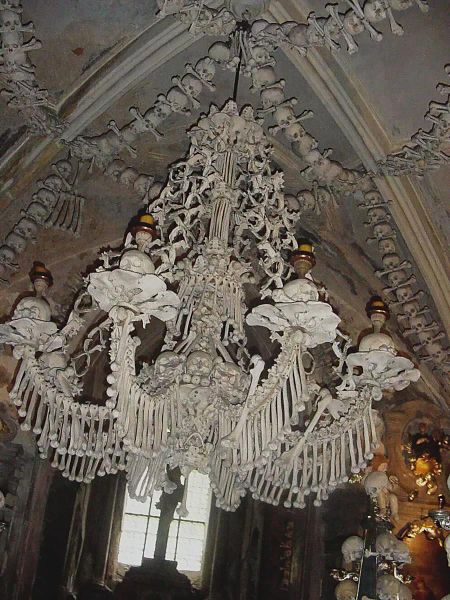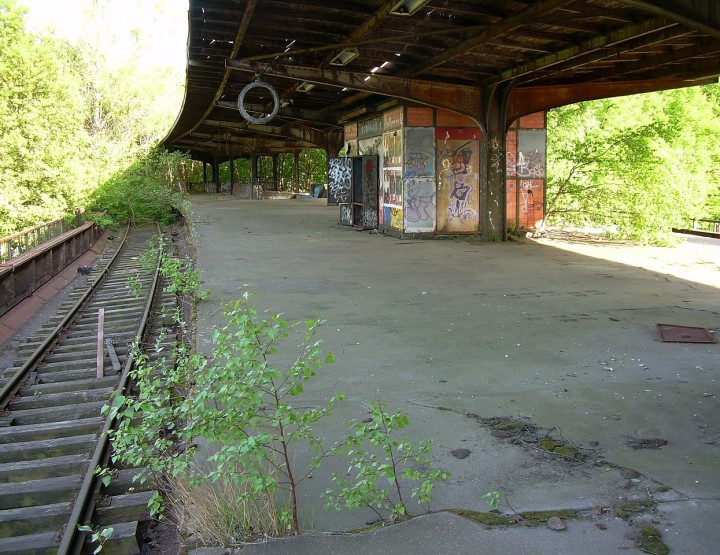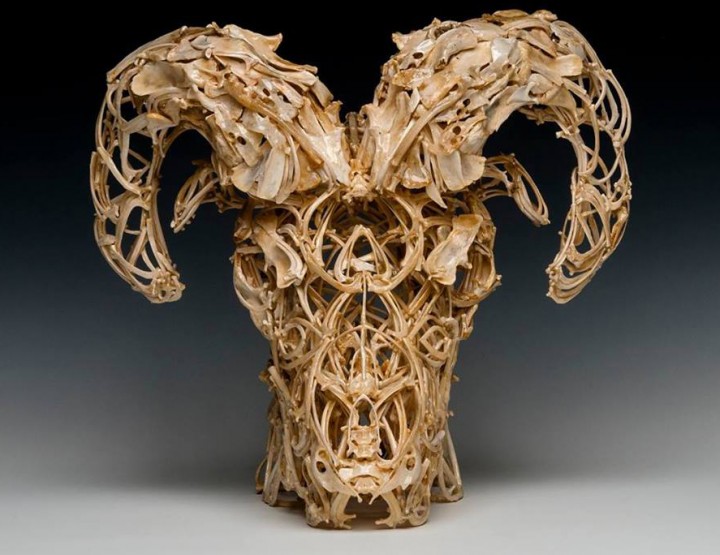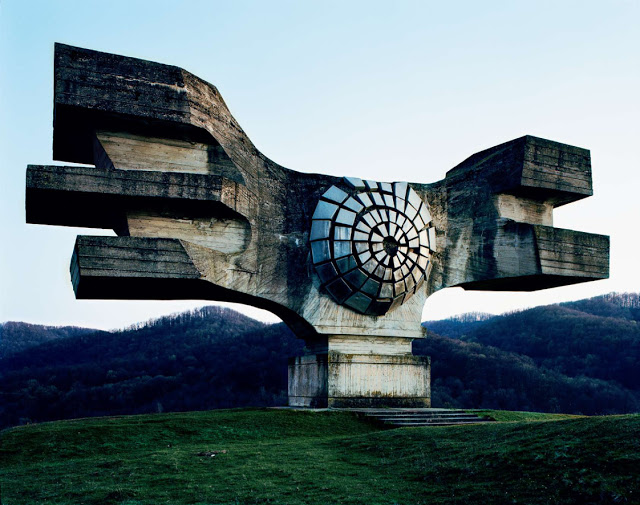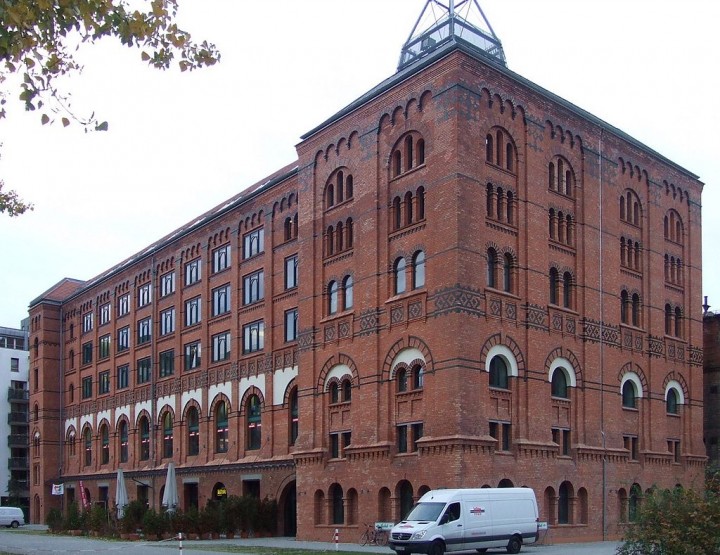Ever heard of Kutná Hora? No? Well, that’s a Czech village that hosts one of the most morbid churches of all times. You could think of it as a “Körperwelten” (BODYWORLD) exhibition which celebrated its exhibition opening in the Middle Ages. How come, you ask, well, the answer lies within the soil on which the monastery was built. It was known to be holy and everybody with money wanted to be buried in holy soil back then. The thing was the people around that area actually had that money for this extravagant life after the death because of the vast silver deposits of silver around Kutná Hora.
That’s when the story gets nasty. The soil was especially stony and not at all suitable to bury people in, which is why the monks were forced to pile the dead bodies up in the ossuary. Back then it was forbidden to incinerate people to enable their souls to go to heaven. When the ossuary reached its capacity, the skeletons were integrated into the church. They were seen on the pillars and in the hallway and were later even incorporated into chandeliers and dinner tables.
The plague of the 15th century was just the icing on top. Whole rooms were built with the amount of dead people during that period of time and they still exist to this day. This is what attracts gothics, medical students and artists from all over the world. They’re all fascinated by the church made out of bones from over 10.000 skeletons. Even the cross on the church was made out of bones, can you imagine?
In 1870 the aristocratic family Schwarzenberg demanded a woodcut of their armorial bearings it was made out of, yup, you guessed it, bones. Artist Rint made a whole collection out of the bones, offering pyramids, decorations and skulls. Naturally the bones sooner or later will turn to ashes, which is why you should definitely go and visit soon before everything is gone.
Copyright and Source: http://de.wikipedia.org/wiki/Sedletz-Ossarium
http://www.spiegel.de/reise/europa/boehmische-knochenkirche-haus-der-totenschaedel-a-306694.html

